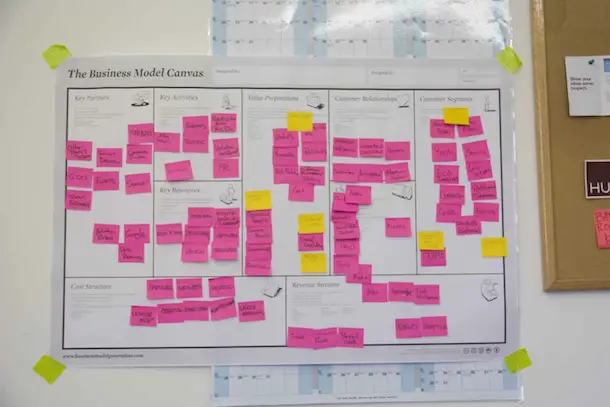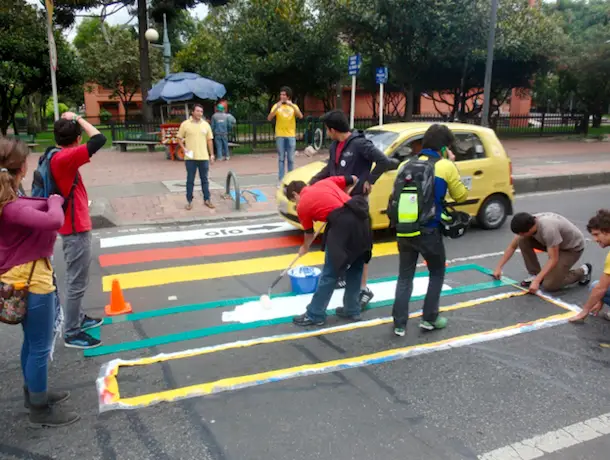For the first time in history, the majority of the earth’s population live in cities. In fact, it is widely predicted that by 2050 at least 70% of the global population will be urban. Cities may not have been our past, but they certainly are our present, and our future. And yes, if you’ve made it as far as This Big City, the content of this paragraph should come as no surprise.
Continuing with the unsurprising statements, unparalleled global urbanisation brings many challenges. How can our cities be designed to accommodate more people? Should the built environment grow vertically, horizontally, or some kind of combination of the two? Will current transport infrastructure cope? The demands of our cities are changing, and more of the same is simply not an option. Luckily for us, this period of contemplation has come at a good time – despite currently being home to just over 50% of the global population, cities are responsible for around 70% of greenhouse gas emissions. With further urbanisation expected in the coming decades, this could suggest an unsustainable future. However, cities actually have the potential to be more sustainable than the countryside, a potential they have, admittedly, yet to achieve.
The theory of urban sustainability is based on economies of scale brought about by density. When people and the services they require are packed together more closely, they use less energy. Live in a flat and you get free heat from your neighbours above and below. Construct a multi-storey housing development and you don’t have to extend underground infrastructure as far. Use a city’s public transport and you can save money and reduce emissions as you no longer need a car. And best yet, when people move to the city, the countryside can get back to doing what it does best – providing a natural habitat for the millions of species we often forget we need to share the planet with.
Yet sustainable urbanism doesn’t just happen, it needs to be encouraged through the design of our cities. And though formal education isn’t a critical component of being a good urban designer, it is the path that many people follow before entering the profession. So as our cities and planet experience unprecedented change, how are universities responding with their urban design education options? Are we seeing an influx of new courses that proactively address the transformation of our cities? Are existing courses radically altering their teaching to prepare students for the difficult task of creating sustainable cities? Er, no.
In fact, whilst more of the same is the last thing our cities are promising us, more of the same is exactly what we’re getting in universities. Into decorating? That’s Interior Design. Want to design buildings? That’s Architecture. Cities? That’s Urban Planning. Green space? That’s Landscape Architecture. Though the reality of each of these professions involves frequent cross-disciplinary work, collaboration between built environment courses is not the norm.
Cities are man made creations, but they function like an ecosystem. A skyscraper changes more than the skyline. A road brings more than transport alternatives. A community garden contributes more than just a bunch carrots. Developing a better understanding of the interconnected nature of urban environments allows us to design cities that are more efficient, more liveable, and more sustainable. With the global population increasing and urbanising rapidly, the need for this understanding has never been greater, as has the need for a new generation of urban designers that truly understand how our cities work, and how we can make them better. It is therefore critical that cross-disciplinary collaboration becomes a standard part of any course which focuses on the built environment, challenging our specialism-obsession.
Sustainability can no longer simply be more of the same with ‘green’ materials, it must begin to truly question the unsustainable systems our buildings and cities exist within. It’s time colleges and universities started thinking a bit differently about how they approach education and the built environment.
Photo: Marcin Wichary


